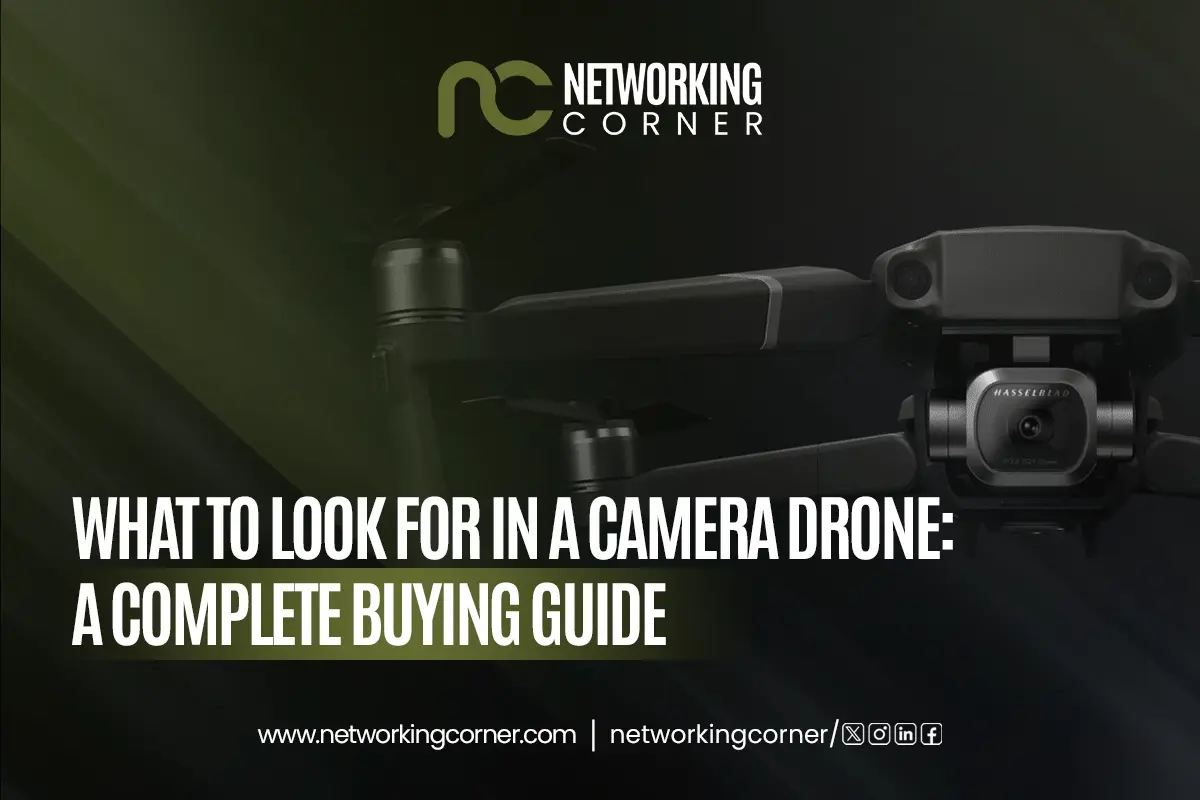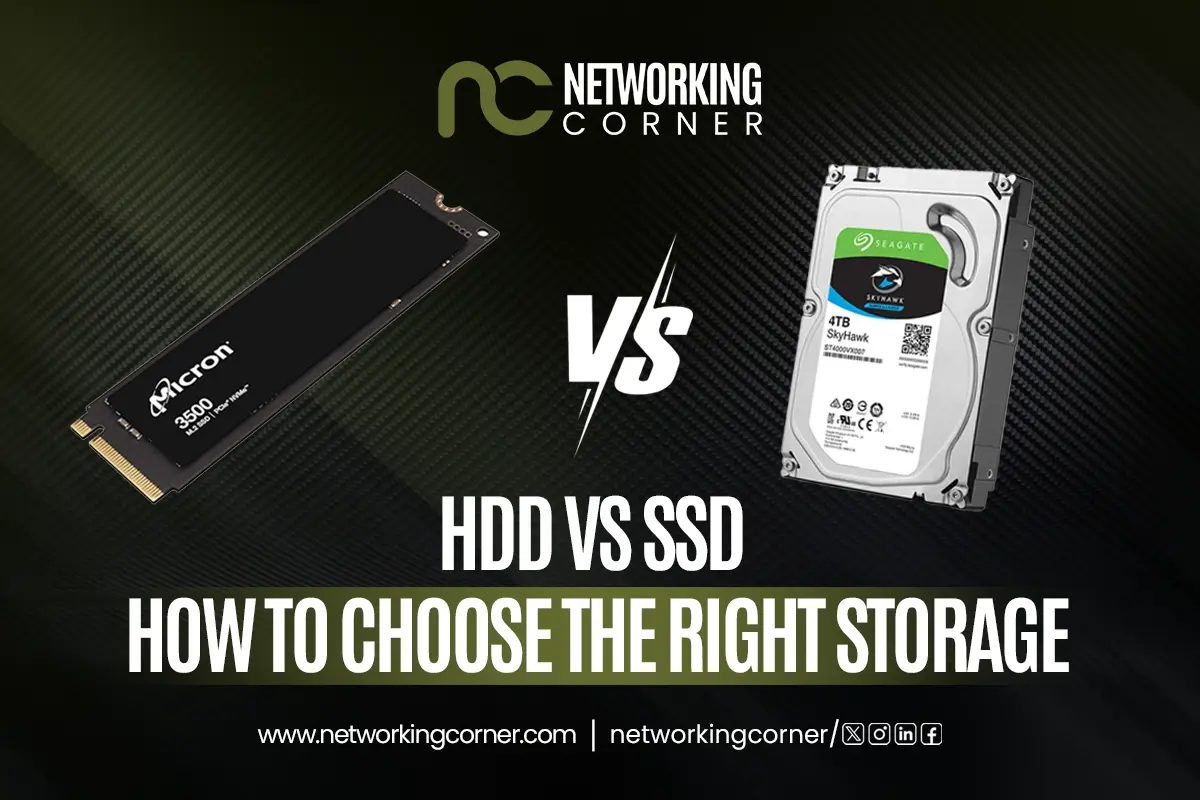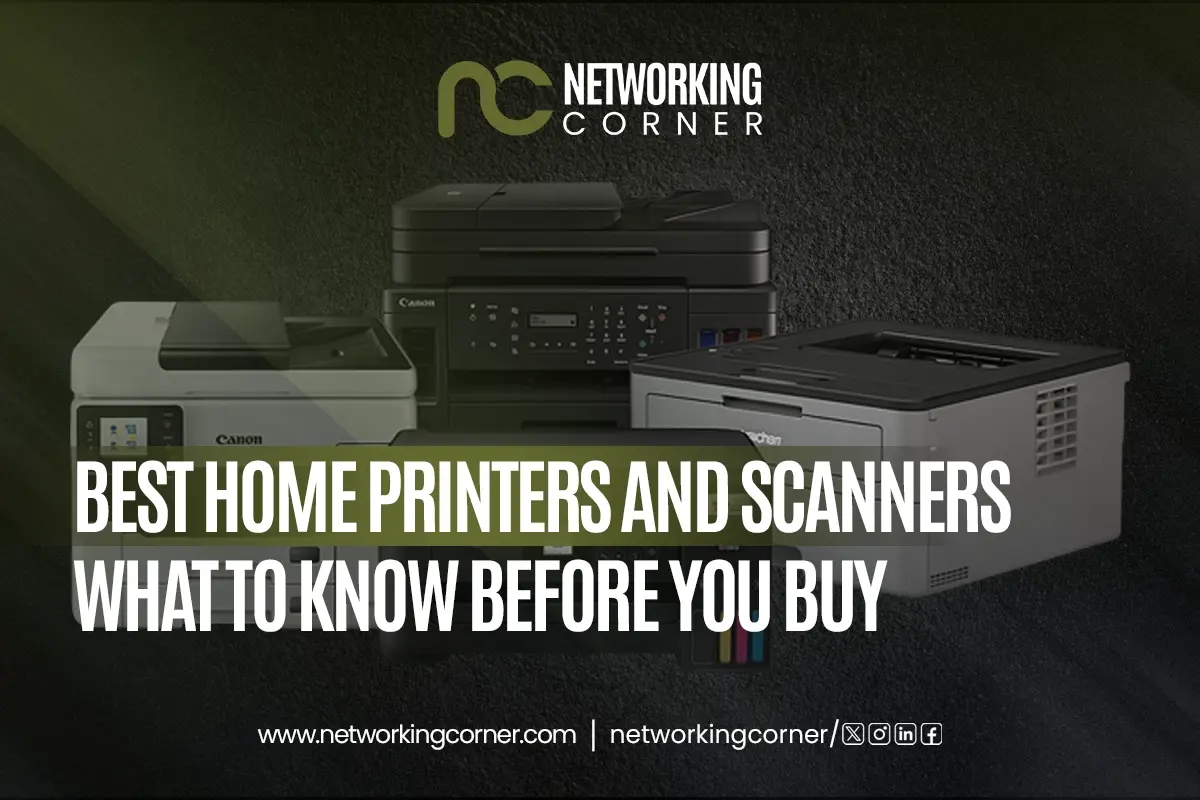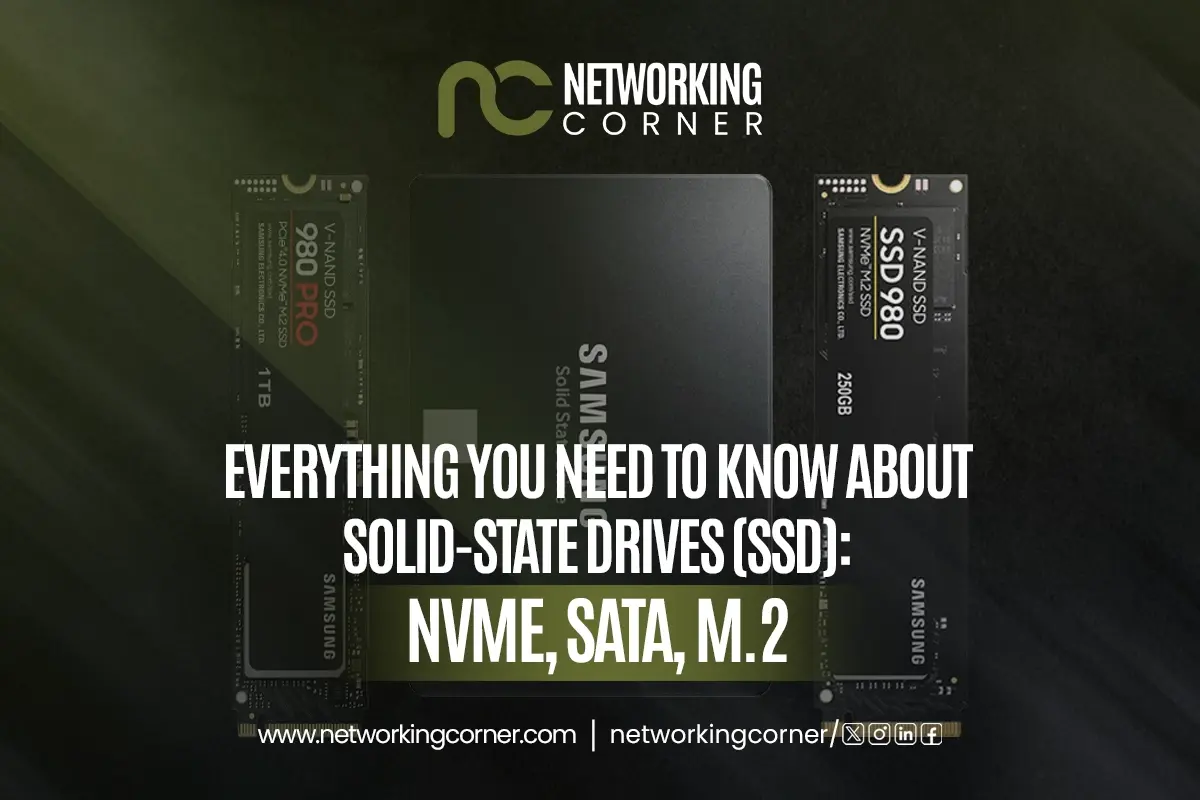- What Makes a Quality Camera Drone
- Core Components and Technologies
- Essential Camera Specifications
- AI-Powered Subject Tracking and Advanced Features
- Flight Performance and Technical Features
- Automated Mission Planning and Execution
- Specialized Camera Drone Categories
- Environmental and Sustainability Considerations
- Enterprise and Commercial Applications
- Brand Analysis and Market Overview
- Emerging Technologies, Safety Protocols and Regulations
- Conclusion
- Frequently Asked Questions

Camera drones have revolutionized the way we capture aerial imagery, transforming what was once an expensive, professional-only endeavor into an accessible pursuit for creators at every level. Whether you're seeking to capture stunning landscapes, create compelling content, or document significant events, selecting the right drone with a camera can make all the difference between average footage and extraordinary visual storytelling.
The aerial photography drone market in 2025 offers unprecedented variety, with options ranging from budget-friendly models to professional-grade systems that rival traditional camera equipment.
In this comprehensive guide, we'll explore the essential features that define top-rated drones with cameras, examine the latest technological advances, and help you navigate the complexities of selecting the perfect camera drones for your specific needs. From understanding sensor specifications to evaluating flight performance, this buying guide provides the insights necessary to make an informed decision in today's competitive drone market.
What Makes a Quality Camera Drone
A quality camera drone combines advanced imaging capabilities with stable flight performance. The integration of sophisticated cameras with unmanned aerial vehicles creates unique opportunities for capturing perspectives impossible from ground level. Modern camera drones feature multi-axis gimbals that provide smooth, cinematic footage even in challenging conditions.
The foundation of any excellent aerial photography drone lies in its ability to maintain stable flight while delivering high-quality imagery. Professional-grade models incorporate advanced flight control systems, GPS positioning, and intelligent flight modes that assist both novice and experienced pilots. These systems work together to ensure consistent results regardless of environmental conditions.
Core Components and Technologies
Camera drones consist of several critical components that determine their overall performance. The flight controller serves as the brain, processing inputs from various sensors to maintain stable flight. Brushless motors provide efficient propulsion while minimizing vibration that could affect image quality.
Modern transmission systems enable real-time video feeds with minimal latency. DJI drone camera systems, for example, utilize advanced OcuSync technology to maintain clear connections at extended distances. These systems support high-definition live streaming, allowing operators to frame shots precisely and monitor flight status in real-time.
Essential Camera Specifications
Modern camera drones demand sophisticated imaging capabilities that extend far beyond basic photography. Understanding these specifications becomes critical as the industry evolves toward more professional applications and emerging technologies.
Sensor Size and Image Quality
The camera sensor represents the most critical component for image quality in camera drones. Larger sensors capture more light, resulting in better performance in challenging lighting conditions. A high-quality drone with camera systems typically features sensors ranging from 1/2.3-inch CMOS in entry-level models to full-frame sensors in specialized professional units.
Top-rated drones with cameras like the DJI Mavic 3 Pro incorporate 4/3 CMOS sensors that deliver exceptional dynamic range and color reproduction. These larger sensors enable better bokeh effects and superior low-light performance compared to smaller smartphone cameras.
Resolution and Video Capabilities
Modern camera drones offer impressive resolution capabilities, with 4K recording now standard across most consumer models. Professional units support even higher resolutions, including 5.1K and 8K recording for maximum detail preservation.
Frame rate options significantly impact the versatility of a drone for video applications. High-speed recording capabilities, such as 4K at 120fps, enable dramatic slow-motion effects that enhance creative possibilities. Advanced models also support professional codecs and color profiles, providing greater flexibility in post-production workflows.
Gimbal Stabilization Systems
Three-axis gimbals represent the standard for professional camera drones, providing stabilization across pitch, roll, and yaw axes. These mechanical systems counteract drone movement, ensuring smooth footage even in windy conditions.
Advanced gimbal systems offer precise manual control, allowing operators to achieve complex camera movements during flight. Professional models support follow modes, lock modes, and customizable movement profiles that enhance creative control over aerial cinematography.
AI-Powered Subject Tracking and Advanced Features
Camera drones in 2025 incorporate sophisticated AI-powered subject tracking that revolutionizes autonomous flight capabilities. The DJI Matrice 4 series demonstrates cutting-edge AI subject tracking technology that autonomously identifies, tracks, and follows moving subjects with unprecedented precision.
These systems utilize computer vision algorithms and machine learning to recognize objects like vehicles, pedestrians, and natural features, enabling safer navigation and more precise operations.
Advanced tracking systems now employ semantic segmentation and bounding box techniques to improve recognition accuracy. Top-rated drones with cameras feature intelligent flight modes that can distinguish between different subject types and maintain optimal tracking distances. This technology proves invaluable for professional cinematography, surveillance applications, and emergency response scenarios where manual control becomes challenging.
Professional Post-Production Workflow Integration
Professional drones for video applications require comprehensive post-production workflow considerations, often overlooked in standard buying guides. Modern high-quality drones with camera systems support advanced codecs like ProRes and DNxHD, enabling seamless integration with professional editing suites. Color grading capabilities become essential, with many systems offering 10-bit recording and LOG profiles for maximum post-production flexibility.
Professional workflows benefit from specialized software like Adobe Premiere Pro and DaVinci Resolve, which offer dedicated drone footage optimization tools. Understanding the complete workflow from capture to final delivery helps professionals make informed decisions about codec selection, storage requirements, and processing capabilities.
Flight Performance and Technical Features
The evolution of flight performance extends beyond basic specifications to encompass advanced autonomous operations and fleet management capabilities.
Flight Time and Battery Technology
Battery life directly impacts the usefulness of aerial photography drone systems. Modern consumer models typically offer 25-45 minutes of flight time per battery. Professional units may sacrifice some flight time for increased payload capacity and advanced features.
Extended flight capabilities enable more comprehensive coverage during single missions. Drone camera high-range models like the DJI Air 3S provide up to 46 minutes of flight time, allowing for extensive aerial surveys or lengthy creative sessions. Battery technology continues to advance, with newer lithium polymer cells offering improved energy density and faster charging speeds.
Transmission Range and Connectivity
High-range drone camera systems support transmission distances exceeding 15 kilometers under optimal conditions. These extended ranges enable operations in remote locations and provide greater operational flexibility.
Advanced transmission systems utilize multiple frequency bands to maintain reliable connections despite interference. DJI camera systems employ sophisticated frequency-hopping technology to optimize signal strength and minimize connection drops. Professional models may include redundant communication systems for critical applications.
Obstacle Avoidance and Safety Features
Modern camera drones incorporate comprehensive obstacle detection systems using multiple sensor types. Forward-facing cameras, radar sensors, and infrared systems work together to detect obstacles in all directions.
Intelligent flight modes enhance safety while simplifying complex maneuvers. Return-to-home functionality automatically brings the drone back to its launch point when battery levels become critical or connection is lost. Geofencing prevents flight in restricted areas, ensuring regulatory compliance.
Automated Mission Planning and Execution
Professional camera drone operations increasingly rely on automated mission planning software that streamlines complex operations. Platforms like Dronelink provide fully automated missions, semi-automated workflows, and manual flight tools for various use cases and industries. These systems enable cross-platform compatibility, supporting both DJI drone camera systems and alternative manufacturers like Autel.
Advanced mission planning incorporates 3D flight path visualization, terrain following capabilities, and real-time mission estimates. Professional operators can pre-plan missions on web platforms or generate missions on the fly in the field, adapting to changing conditions and requirements. This capability proves essential for large-scale mapping, infrastructure inspection, and emergency response applications.
Multi-Drone Operations and Fleet Management
The drone fleet management market projects significant growth, reaching $2436.6 million in 2025 with a robust 17.5% CAGR through 2033. Professional applications increasingly require coordinated multi-drone missions for large-scale projects, necessitating sophisticated fleet management solutions.
Drone swarm technology represents the next evolution beyond simple multi-drone operations. True swarms work collaboratively toward common objectives, utilizing distributed control systems that allow drones to share information and make collective autonomous decisions. Recent FAA approvals for companies like Hylio to operate multiple heavy-lift drones simultaneously mark significant milestones, potentially tripling productivity in commercial applications.
Fleet management platforms like AnyMile and Auterion provide comprehensive solutions for enterprise operations. These systems manage drone scheduling, real-time tracking, status monitoring, battery management, and UTM integration for mission approvals. Professional fleet operations require sophisticated asset management systems that handle software updates, predictive maintenance, and component monitoring across diverse vehicle types.
Specialized Camera Drone Categories
The specialization of camera drones continues expanding into niche applications that demand specific technological solutions.
Foldable Drone with Camera Options
Foldable drone with camera designs prioritize portability without sacrificing performance. These compact systems fold to roughly smartphone size, making them ideal for travel and spontaneous shooting opportunities. The folding mechanism typically involves rotating arms that house the propellers and motors.
Popular foldable drone with camera models include the DJI Mini 4K drone, which weighs under 249 grams while providing 4K recording capabilities. This weight classification exempts users from registration requirements in many regions, thereby simplifying recreational use. Despite their compact size, these drones often include advanced features like GPS positioning and intelligent flight modes.
Professional and Enterprise Models
Professional camera drones cater to demanding commercial applications requiring superior image quality and extended operational capabilities. These systems often support interchangeable payloads, enabling customization for specific mission requirements.
Freefly Astro represents the enterprise category, featuring Sony drone camera integration with full-frame sensor capabilities. These professional systems offer exceptional image quality but require significant investment and specialized training. Such drones typically include advanced features, like RTK GPS for centimeter-level positioning accuracy.
Specialized Application Drones
Certain camera drones are specifically designed for use cases such as surveillance, mapping, or industrial inspection. These specialized units may incorporate thermal imaging cameras, multispectral sensors, or high-zoom optical systems.
Agricultural drones utilize specialized cameras to monitor crop health and optimize farming practices. These systems often feature automated flight planning and analysis software that streamlines data collection and processing.
Environmental and Sustainability Considerations
Environmental implications of drones with camera systems receive increasing attention as the industry matures. Electric drones reduce carbon emissions by up to 90% compared to traditional helicopter surveillance, while drone deliveries can achieve up to 94% lower energy consumption per package than conventional transportation modes.
The agricultural drone sector demonstrates significant environmental benefits, with DJI reporting that 400,000 agricultural drones saved 222 million tons of water and reduced 30.87 tons of carbon emissions by 2024. Over 70% of drone manufacturers now integrate sustainable practices into their supply chains, with 60% investing in recyclable components.
Solar-powered drone technology adoption is expected to reach 25% of the market by 2030, while the use of biodegradable materials increased 35% in recent years. Energy-efficient sensors in agricultural applications achieve 60% better efficiency, contributing to sustainability improvements across the industry.
Enterprise and Commercial Applications
Freefly Astro and similar professional systems demonstrate the evolution toward specialized enterprise applications. These platforms support interchangeable Sony drone camera systems and provide full-frame sensor capabilities for demanding commercial work. Professional models often include RTK GPS for centimeter-level positioning accuracy and advanced safety systems for critical applications.
Enterprise drone operations require comprehensive compliance frameworks and scalable fleet management. Auterion's enterprise ecosystem offers vendor-independent operating systems and cloud-based fleet management solutions for a diverse range of vehicle types. These systems integrate seamlessly with existing business workflows, providing real-time data processing capabilities.
Brand Analysis and Market Overview
Understanding the competitive landscape requires examining both established leaders and emerging technologies that shape the industry's future.
DJI Drone Camera Dominance
DJI maintains its position as the world's largest drone manufacturer, controlling approximately 70-80% of the global commercial drone market. The company's comprehensive ecosystem includes models ranging from entry-level DJI Mini 4K drone systems to professional DJI camera platforms.
DJI's success stems from consistent innovation and reliable performance across its product lineup. The company's DJI drone camera systems set industry standards for image quality, flight performance, and user experience. Regular firmware updates and extensive support infrastructure contribute to DJI's market leadership.
Alternative Manufacturers
While DJI dominates the market, alternative manufacturers offer compelling options for specific applications. Freefly drones excel in professional cinematography applications, particularly the Freefly Astro platform, designed for high-end productions.
Sony drones represent a specialized segment focused on professional imaging applications. The Sony drone camera systems, such as the ILX-LR1, provide full-frame sensor capabilities for demanding professional work. These systems often require integration with third-party drone platforms.
Emerging Technologies, Safety Protocols and Regulations
The integration of artificial intelligence transforms camera drone capabilities beyond traditional imaging. AI-powered navigation and real-time data processing reduce human intervention while enhancing applications in logistics, precision agriculture, and public safety. Advanced visual-inertial odometry (VIO) enables navigation in GPS-denied environments, critical for modern electronic warfare scenarios.
Regulatory shifts toward Beyond Visual Line of Sight (BVLOS) operations unlock new opportunities for commercial applications. However, national security concerns, including the Countering CCP Drones bill, push for NDAA-compliant, domestically manufactured alternatives. This trend potentially reshapes supply chains and creates opportunities for alternative manufacturers.
Regulatory and Compliance Framework
International drone regulations continue evolving rapidly, with significant updates expected in 2025. The EU implements standardized regulations under EU 2019/947 and 2019/945, while the UK's Civil Aviation Authority assumes market surveillance authority for drones under 25kg beginning January 2026.
Remote ID requirements become mandatory across most jurisdictions, requiring drones to broadcast identification and location information in real-time. These digital license plates enhance airspace security and enable better tracking of drone operations. Most modern camera drones include built-in Remote ID capabilities, though older models may require external modules.
BVLOS operations remain restricted in most jurisdictions, requiring waivers or exemptions through lengthy approval processes. The FAA's BVLOS Aviation Rulemaking Committee recommends establishing acceptable risk levels and modifying right-of-way rules to accommodate routine autonomous operations.
Safety Protocols and Risk Management
Professional camera drone operations require comprehensive safety management systems that address hazard identification, risk assessment, and mitigation strategies. The FAA's Safety Risk Management policy provides frameworks for identifying and mitigating safety risks in UAV operations.
Emergency response protocols establish clear procedures for various scenarios including loss of control, transmitter failure, battery failure, and operator incapacitation. Professional operations must include dedicated response teams with defined roles for security personnel, communications leads, and liaison officers.
Drone accident reporting requires immediate notification to emergency services and formal reporting to aviation authorities. In the US, operators must report crashes to both the NTSB and FAA, with additional voluntary reporting to NASA's Aviation Safety Reporting Program recommended. Commercial operators typically require comprehensive insurance coverage that addresses both property damage and liability concerns.
Conclusion
Selecting the ideal camera drone requires careful consideration of your specific needs, budget constraints, and intended applications. Whether you're seeking a compact foldable drone with a camera for travel photography or a professional high-quality drone with a camera system for commercial work, understanding the key specifications and features ensures an informed decision.
As the industry continues evolving, emerging technologies like AI-powered flight control, extended transmission ranges, and advanced sensor systems promise even greater capabilities. By focusing on your specific requirements and understanding the available options, you can select a camera drone that enhances your creative vision and professional capabilities for years to come.
Frequently Asked Questions
What is a drone camera, and what are the main types of drone cameras with their specifications?
A drone camera is an integrated imaging system mounted on an unmanned aerial vehicle, designed for capturing photos and videos from elevated perspectives. The main types include CMOS sensor cameras ranging from 1/2.3-inch sensors in entry-level models to full-frame sensors in professional systems. Top-rated drones with cameras typically feature 12-48MP resolution capabilities, 4K video recording, and three-axis gimbal stabilization. Professional camera drones may include dual or triple camera systems with telephoto and wide-angle lenses.
Which drone camera should I buy for professional use?
For professional applications, consider the DJI Mavic 3 Pro with its 4/3 CMOS sensor and triple camera system, or the Freefly Astro with an integrated Sony drone camera for maximum image quality. Professional camera drones should offer RAW photo capture, professional video codecs, and extended flight times exceeding 40 minutes. Look for models with RTK GPS positioning, obstacle avoidance, and payload flexibility for specialized equipment.
What are the most important features of a Drone Camera?
Critical features include sensor size (larger sensors provide better low-light performance), video resolution (4K minimum for professional work), and gimbal stabilization quality. Drone camera high-range transmission capabilities, extended battery life, and comprehensive obstacle avoidance systems are essential for professional operations.
What is the world's largest drone company?
DJI is the world's largest drone company, controlling approximately 70-80% of the global commercial drone market. Based in China, DJI produces the most widely used camera drones, including the Mini, Air, and Mavic series. The company's dominance stems from consistent innovation, a comprehensive product ecosystem, and reliable performance across consumer and professional markets.
Which type of camera is used in drones?
Most drone cameras use CMOS sensors for efficiency and size. Professional models have larger sensors from 1-inch to full-frame for better quality. High-quality drones feature mechanical three-axis gimbals for stabilization and record in formats like 4K, 5K, and professional codecs. Some enterprise models support interchangeable cameras for specialized uses.




